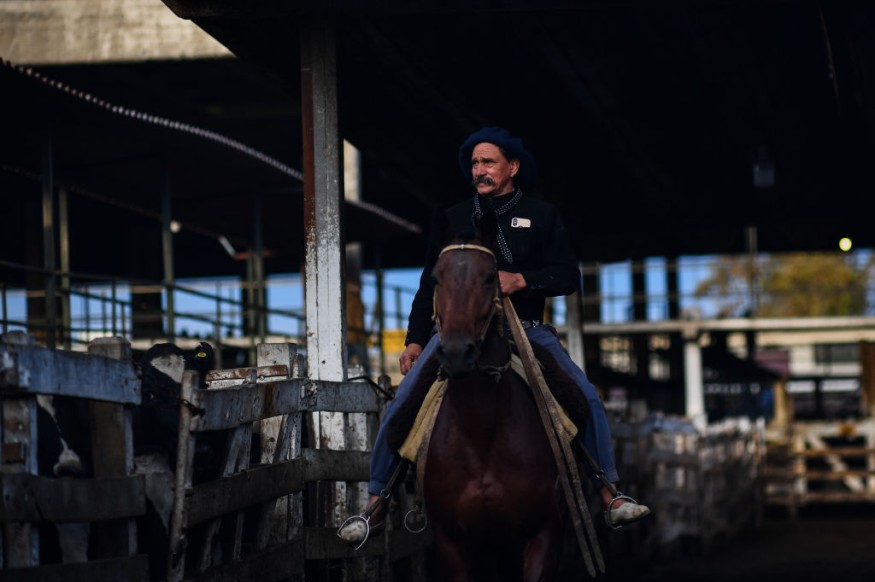Gaucho of Argentina: How Did the Cowboy Culture Start in South American Country?

Argentina is not only known as the eighth largest country in the world but also for its preserved traditions and customs. The national identity of Argentina is a blend of indigenous and Spanish traditions, which were significantly altered by European migrants and globalization, according to Cultural Atlas.
The blending of European and indigenous ancestry helped create a new cultural identity for many. The Argentine identity, like in many Latin American countries, is rooted in the Catholic and Spanish heritage of the country. It has become one of the population's defining features.
The European heritage is often a source of pride and a key factor in influencing the way many Argentines see themselves. However, the European influence is less pronounced outside Buenos Aires and other urban centers. One of the most iconic Argentinian identities is the gauchos. It continues to be a common Argentine identity.
Gaucho: An Identity in Argentina
According to Google Arts and Culture, the gaucho is a skilled horseman or cowboy of "the Pampas" and is considered to be Argentina's national symbol of masculinity.
The gaucho culture has a way of life that centers on caring for livestock. Argentina's cowboy considers the equestrian way of life as their second nature. Historically, gauchos are nomadic horsemen, usually mixed Spanish and indigenous lineage.
Argentina's cowboys flourished from the mid-18th to the mid-19th century and has remained folk heroes ever since, according to Britannica. Gauchos were usually mestizos, but there were times when there were white, black, or mixed black and white.
Gauchos have also participated in Argentine literature, with Argentine writers including them in their works such as Jose Hernandez's epic poem in 1872, "El gaucho Martin Fierro" and in 1926 novel by Ricardo Guiraldes Don Segundo Sombra.
Guachos' get-up includes a chiripa girding the waist, a woolen poncho, and long, accordion-pleated trousers. Their religious beliefs reportedly consist mainly of age-old superstitions, with a hint of Roman Catholicism, and their marriages were seldom solemnized.
In the early 19th century, gauchos had been the mainstay of the armies of the Rio de la Plata region, which first thrown off the Spanish colonial regime.
History of Gaucho in Argentina
Gaucho first emerged during the War of Independence, when Argentine patriot forces were skirmishing with the Spanish in the country's rural areas.
Argentine forces often fought with the Spanish in rural areas. Nomadic men of mixed Spanish and Indian blood started assisting them and offered valuable insight into the land. Many gauchos used to work as guides and scouts, using horsemanship skills to provide support to the troops.
After the war, the gauchos migrated to lowland Pampas, where they found work mustering cattle, chasing down runaways, and doing odd jobs for the owners of wealthy rural estates, Culture Trip reported.
The gaucho culture declined towards the end of the 19th century, with them being marginalized by the greater Argentine community, who deemed their rural lifestyle uncivilized.
The lasso and knife are common tools of gauchos, including one unique tool called "boleadores" that consists of three stone or iron balls attached to long leather cords.
READ MORE : Brazil: Human Remains Found in Area Where British Journalist and Brazilian Indigenous Expert Were Last Seen
This article is owned by Latin Post.
Written by: Mary Webber
WATCH: Gauchos - From National Geographic
Subscribe to Latin Post!
Sign up for our free newsletter for the Latest coverage!

















